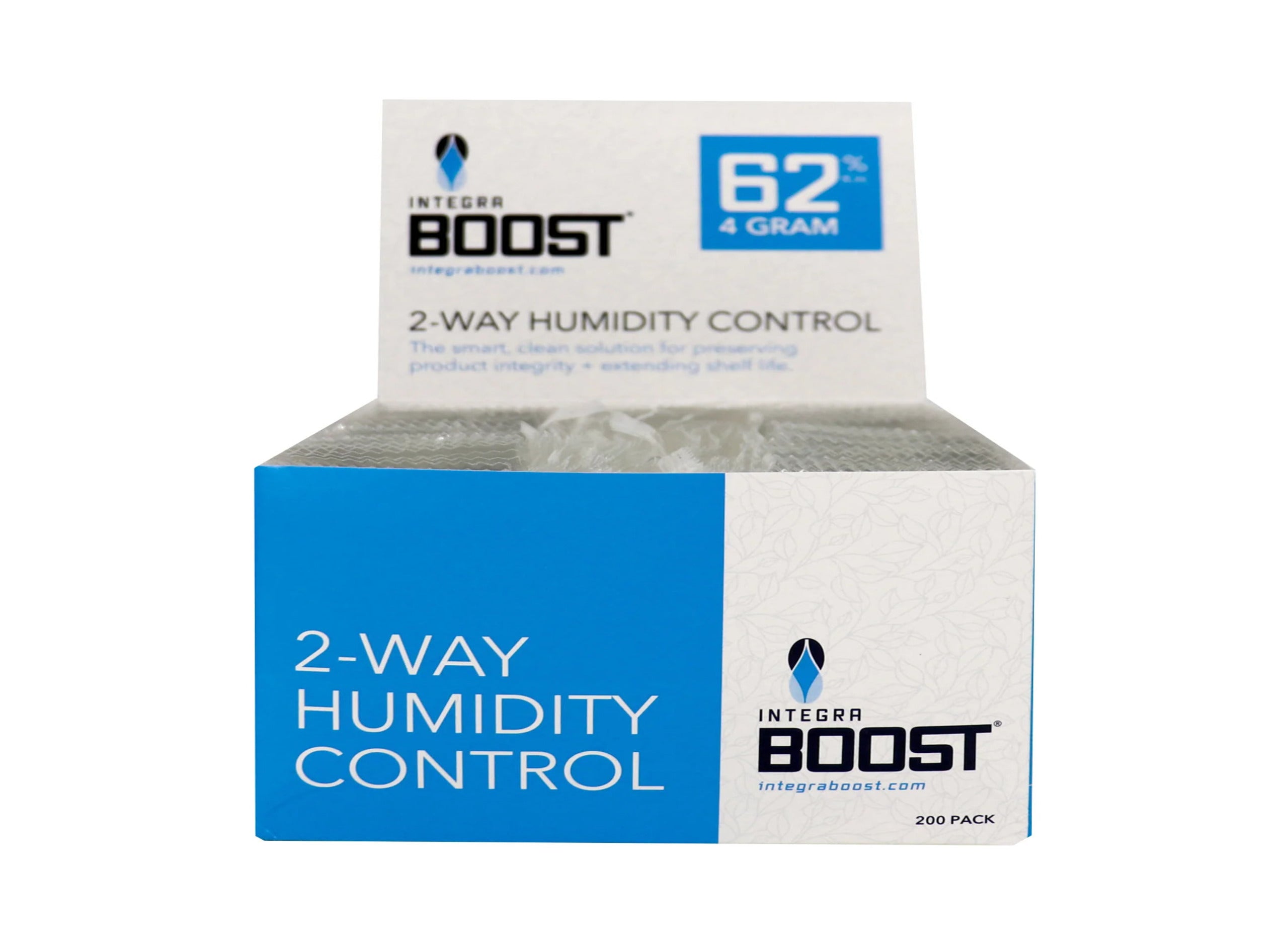Table of Contents
Disposable dab applicators have emerged as a significant trend in the cannabis concentrate market, offering consumers convenience, precision dosing, and improved hygiene. As concentrates continue to gain market share, these single-use tools address key challenges in handling sticky, potent extracts while meeting regulatory requirements. This guide explores the factors driving their popularity and the compliance considerations manufacturers must navigate.
Evolution of Dab Applicators in the Concentrate Market
The concentrate segment has evolved dramatically from basic glass containers to sophisticated dispensing solutions. Traditional dab tools required cleaning between uses, creating inconvenience for consumers and potential cross-contamination of products. Disposable applicators emerged as manufacturers recognized the need for precision dosing tools that maintain product integrity.
These applicators come in various forms, from simple silicone-tipped tools to more advanced syringe-style dispensers designed for specific concentrate consistencies. According to packaging solutions for different extract types, the applicator design must accommodate the unique properties of each concentrate variety.
Material Considerations for Disposable Applicators
Material selection significantly impacts both user experience and regulatory compliance. Common materials include:
- Medical-grade silicone for tips and contact surfaces
- Borosilicate glass for extract visibility and chemical stability
- Food-grade plastics for structural components
- PTFE-lined containers to prevent sticking and preserve terpenes
Best materials for concentrate containers must balance functionality with safety, especially when direct product contact occurs. Temperature resistance is particularly important, as some concentrates require heating for proper dispensing.
Preserving Product Integrity
Disposable applicators must protect terpenes and cannabinoids from degradation. As discussed in this resource on preserving cannabinoid profiles, exposure to light, air, and temperature fluctuations can significantly impact product quality. Applicators with UV-resistant materials and airtight seals help maintain potency throughout the product lifecycle.
Compliance Requirements for Disposable Dab Tools
Regulatory compliance represents one of the most challenging aspects of disposable applicator design. Key requirements include:
Child-Resistance Standards
Child-resistant packaging is mandatory for cannabis concentrates in most jurisdictions. Manufacturers must incorporate specialized locking mechanisms and secure closures that prevent access by children while remaining accessible to adults, particularly those with limited dexterity. These features often add complexity to the design and manufacturing process.
Labeling Requirements
Disposable applicators must accommodate required warning labels, batch information, and potency details. Designing labels for concentrates requires balancing limited space with comprehensive information. Many manufacturers use QR codes to provide additional details while maintaining compliance with state-specific requirements.
Material Safety Standards
Materials used in disposable applicators must meet food-grade or medical-grade standards, depending on the jurisdiction. This includes testing for leaching, off-gassing, and chemical stability under various conditions. Compliance standards for concentrate packaging continue to evolve as research into material interactions with cannabinoids advances.
Consumer Preferences Driving Applicator Design
Market research reveals several factors influencing consumer preferences for disposable applicators:
- Precision dosing capabilities for consistent experiences
- Discrete design for portable use
- Leak-proof construction to prevent waste
- Clear visibility of remaining product
- Ease of use, particularly for medical patients
Consumer preferences survey insights indicate that convenience often outweighs cost considerations, with many users willing to pay premium prices for applicators that deliver superior functionality.
Sustainability Challenges and Solutions
The single-use nature of disposable applicators presents environmental concerns that the industry is actively addressing. Innovations include:
- Biodegradable or compostable components where possible
- Minimalist designs that reduce material usage
- Recycling programs for used applicators
- Refillable systems with disposable contact points
Eco-friendly packaging options demonstrate the industry's commitment to balancing convenience with environmental responsibility. Some manufacturers now offer incentives for returning used applicators for proper recycling.
Future Innovations in Disposable Applicator Technology
The disposable dab applicator market continues to evolve with several emerging trends:
- Smart applicators with temperature control for optimal terpene preservation
- Dose-counting mechanisms for medical patients
- Customizable flow rates for different concentrate consistencies
- Integration with brand authentication technologies
- Biodegradable materials that maintain child-resistance properties
As regulatory changes impact concentrate packaging, manufacturers must remain agile, adapting designs to meet new requirements while maintaining the convenience that drives consumer adoption.
The disposable applicator segment represents a significant opportunity for brands to differentiate through innovative design, superior functionality, and enhanced user experience. By addressing compliance requirements while meeting consumer expectations for convenience and sustainability, manufacturers can position themselves for success in this rapidly growing market segment.











Leave a comment
All comments are moderated before being published.
This site is protected by hCaptcha and the hCaptcha Privacy Policy and Terms of Service apply.